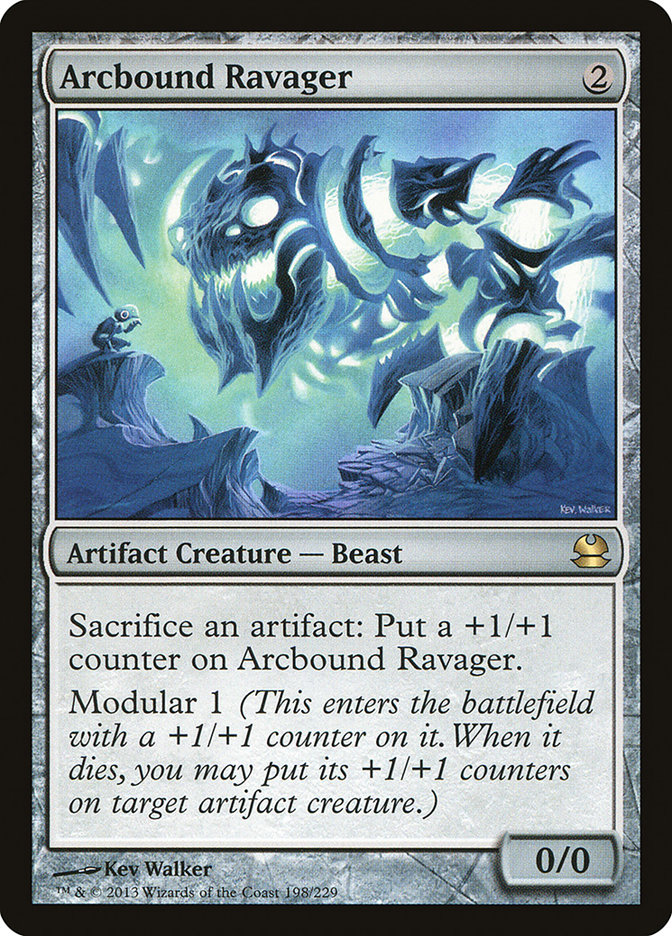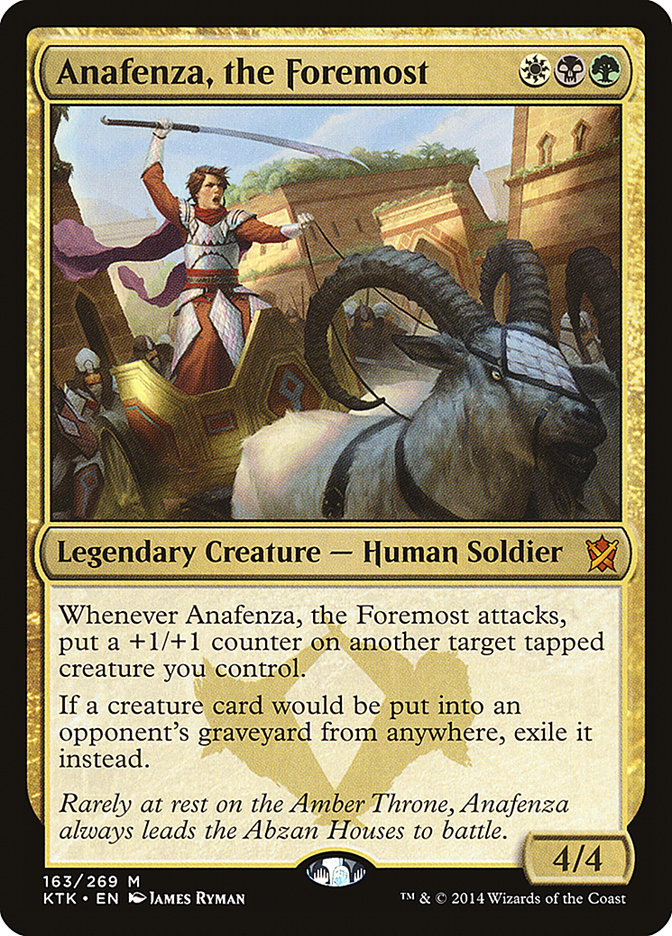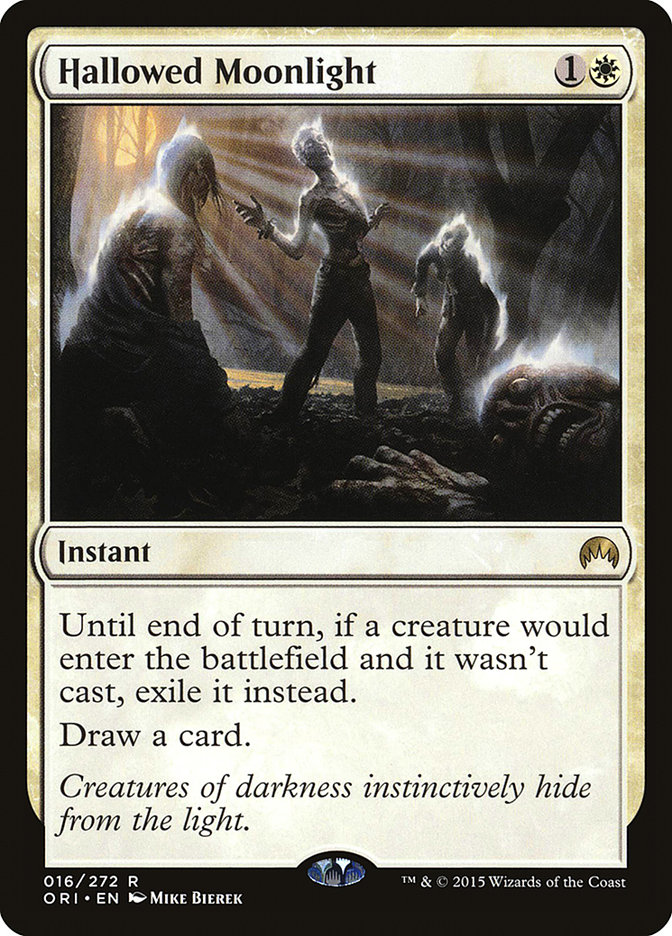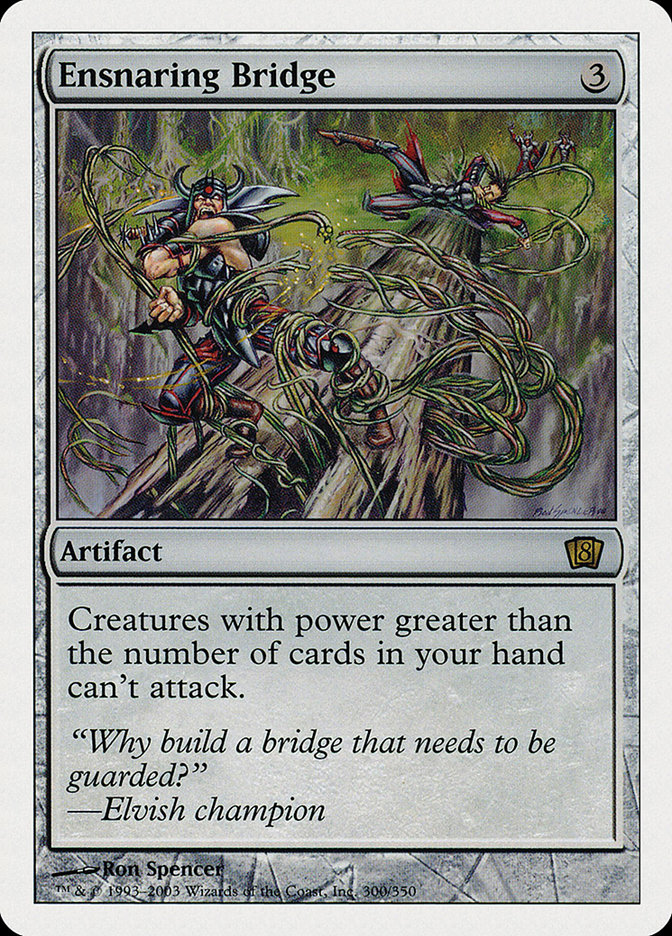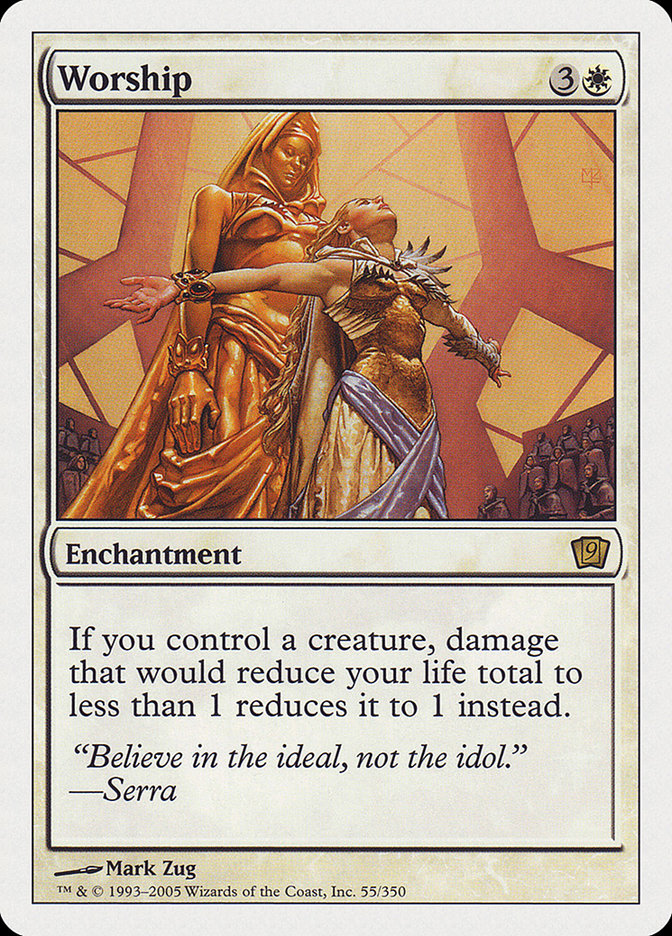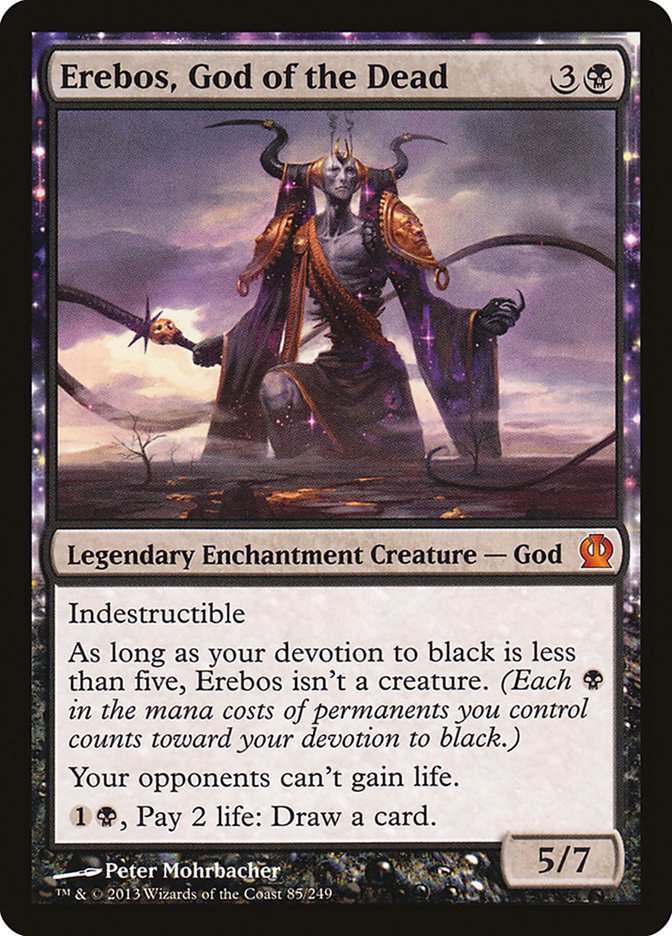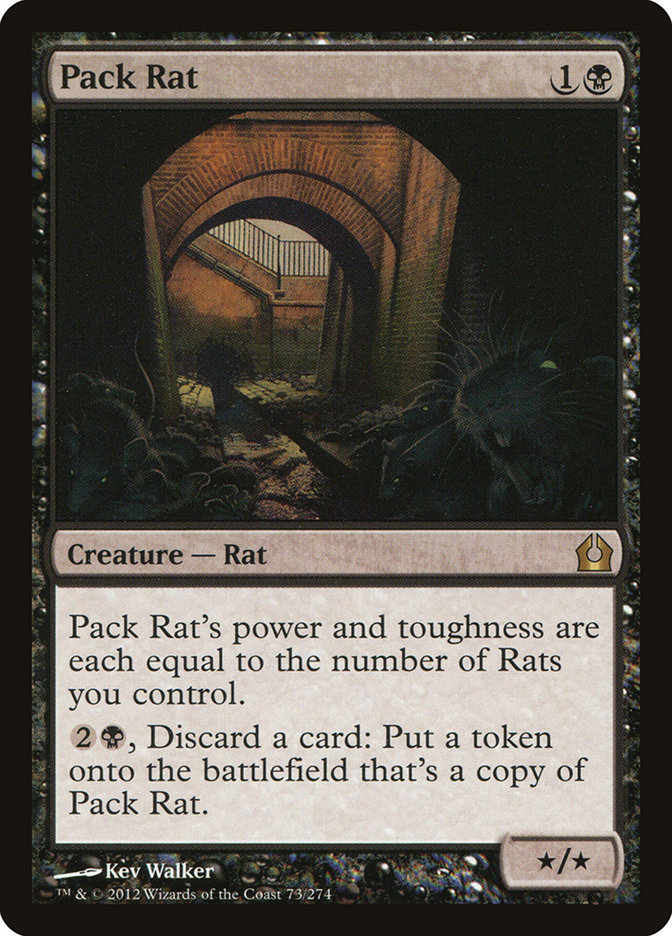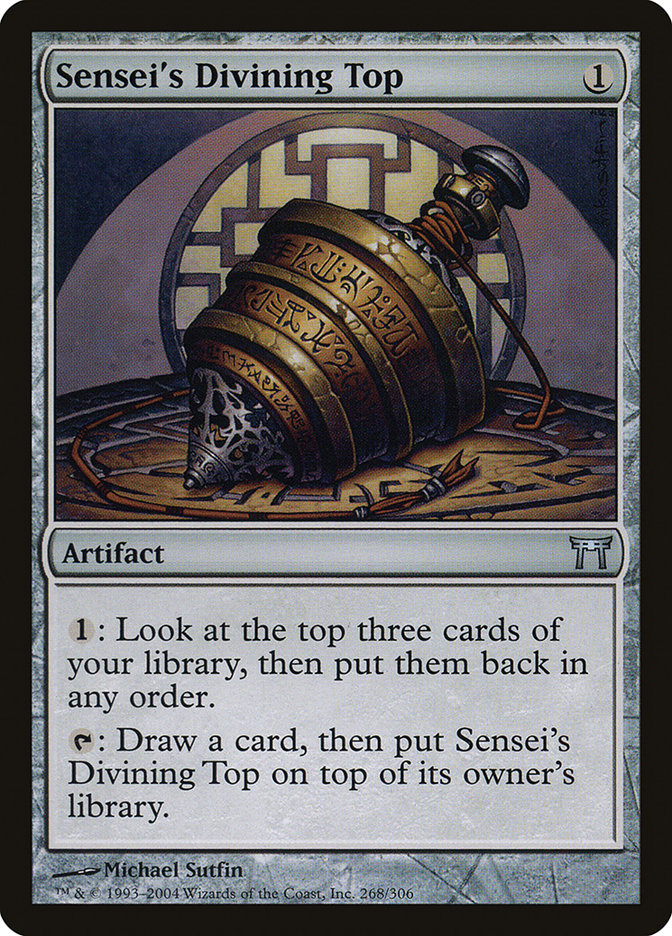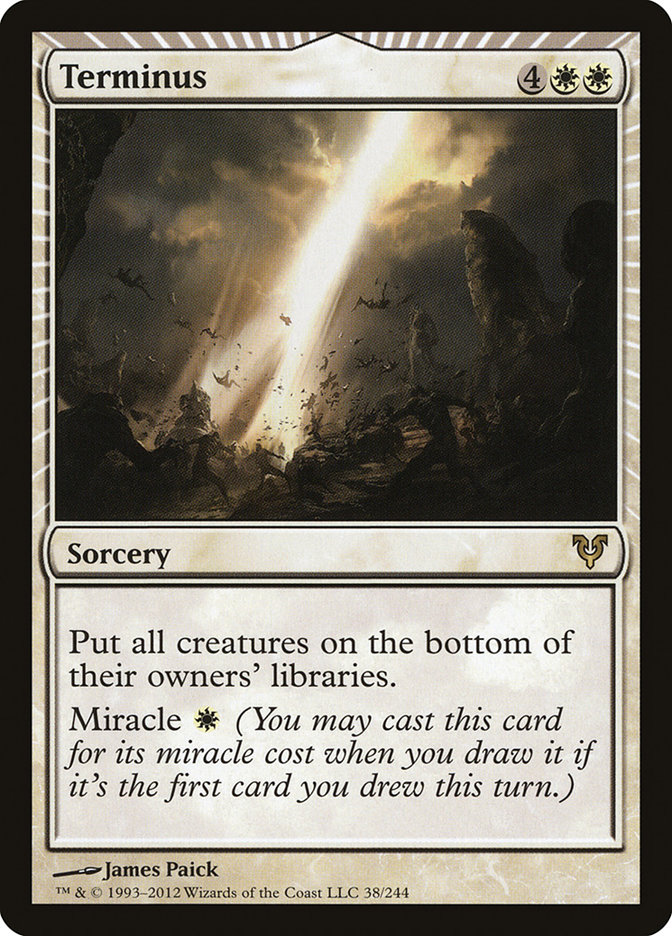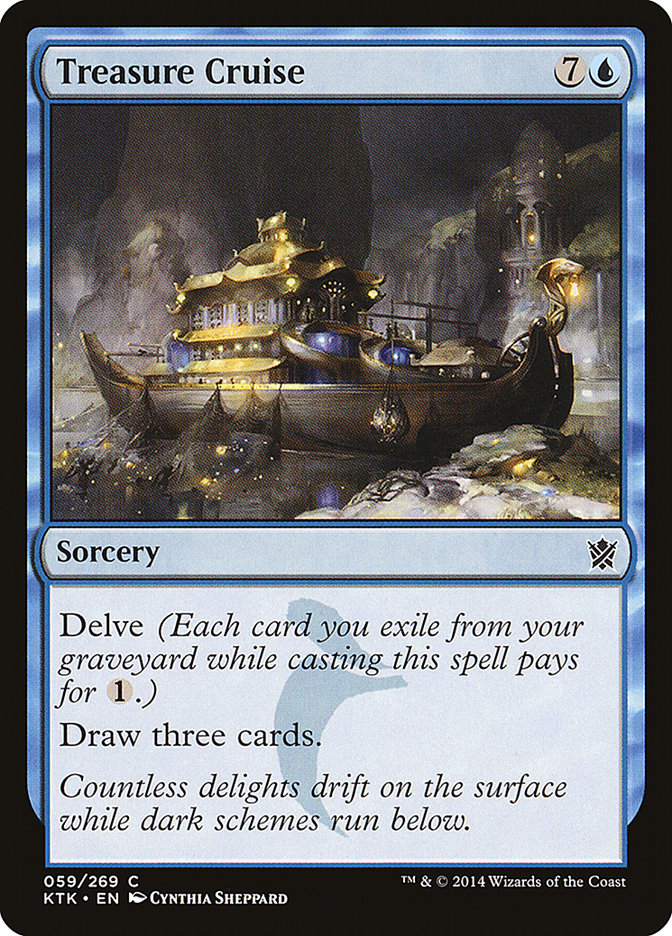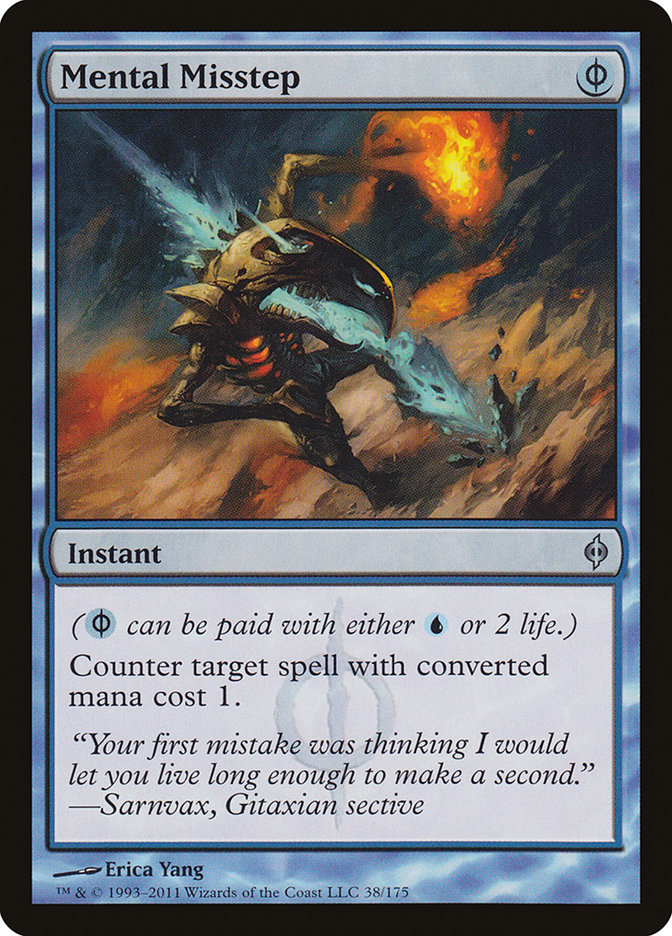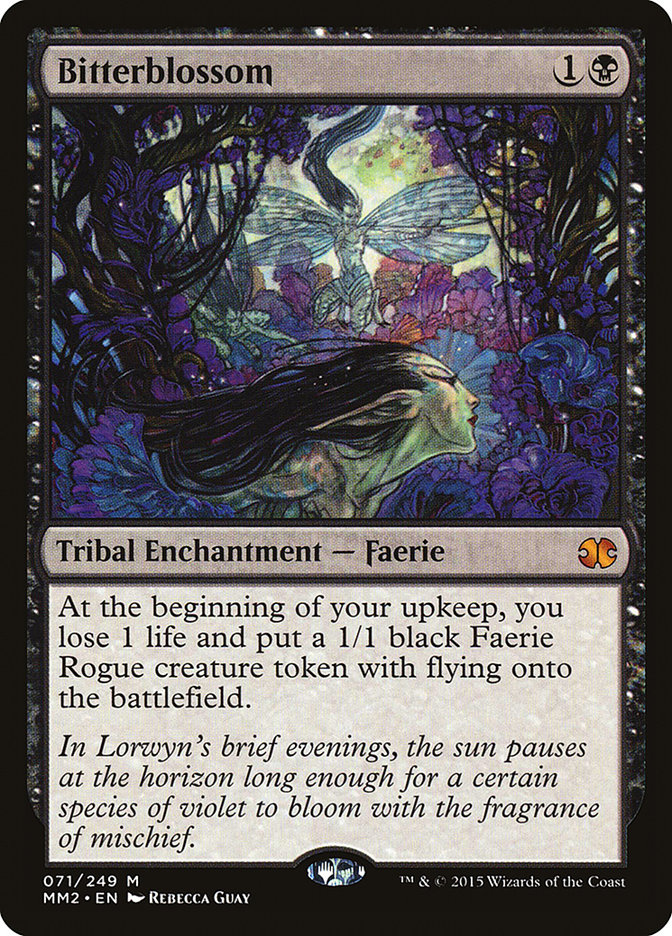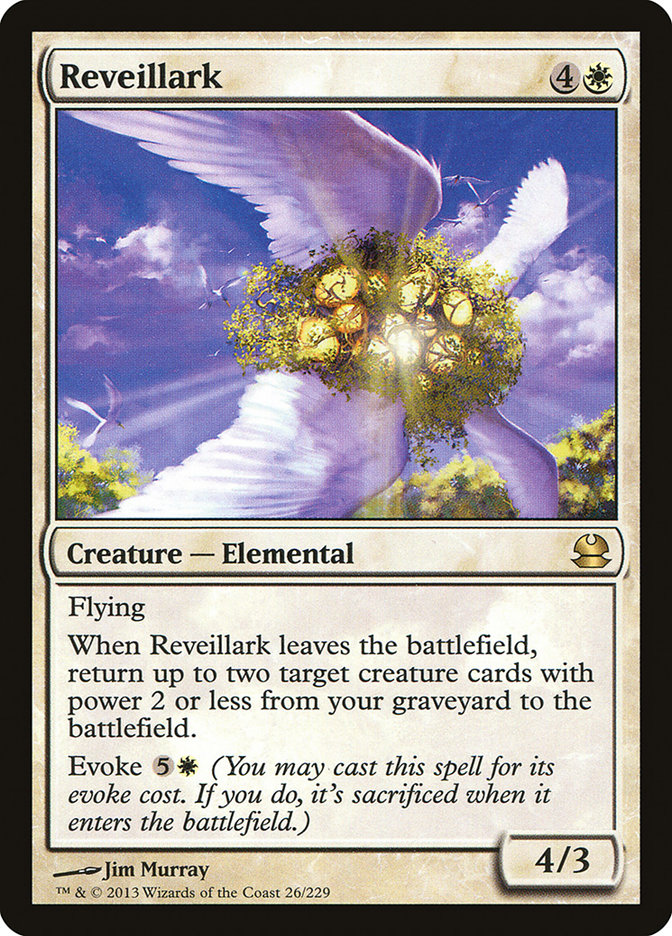 the Pro Tour and at #SCGLOU last weekend. Standard is a bit murkier, but Four-Color Rally is clearly the best deck. Even the people who are trying to avoid playing it are conceding it’s just great, and as Brad Nelson says, it still wins even when people are trying to beat it.
the Pro Tour and at #SCGLOU last weekend. Standard is a bit murkier, but Four-Color Rally is clearly the best deck. Even the people who are trying to avoid playing it are conceding it’s just great, and as Brad Nelson says, it still wins even when people are trying to beat it.
Despite being best decks, these are both clearly on different sides of that spectrum. Playing non-Four-Color Rally decks isn’t unreasonable, but playing non-Eldrazi decks takes a lot of explaining or four copies of Mox Opal.
Over the history of “best decks,” there’s a lot of this same inconsistency. There have even been times where, at different events on the same weekend, playing the best deck was right at one and not at the other. Choosing when to just play the best deck instead of trying to exploit a metagame is an important decision point that comes up just infrequently enough that people are consistently bad at it. It turns out that, as with anything else, there are a few simple heuristics you can follow to make it a lot easier.
Does the Hate Work?
The bare minimum response to a best deck should be to see if you can build something that should beat it. Make a super-spiteful strategy and just go for it. If you win, you have proved it’s possible to attack the deck and you can scale back from there. If you don’t, that’s Ravager Affinity or Caw-Blade. The former would regularly require decks with maindeck Oxidize to board in fifteen cards to be close, and the latter was just too good at everything to be practically hated.
In the case of Four-Color Rally, the hate kinda works. It’s really easy to just die to Reflector Mage and mediocre beatdown whether your hate is Kalitas, Traitor of Ghet or Hallowed Moonlight. However, your sideboard cards make them jump through hoops. If you can play normal Magic against them and force them into a defensive position, your Dispel can stop their big comeback spell pretty well. Or you can make it so they don’t have time to position and bounce your Anafenza, the Foremost. None of these cards are blanks, but you need to be at least reasonable against their plan without hate for it to change things in your favor.
The reason Four-Color Rally doesn’t just run away with every title is that it is a deck you can reasonably beat Game 1 in a match of Magic. It takes time to execute the dominating plays in that deck, which gives its opponents time to maneuver the game to prevent them from happening. This illustrates a good point: remember that the most hateful deck is often a well-tuned version of an existing functional deck and not a pile of sideboard cards.
The hate does work reasonably well against Eldrazi. Worship and Ensnaring Bridge do a really good job of preventing them from winning, and if you have a way to win through a stalled board, it should be easy to beat them from there. Case in point: Ensnaring Bridge plus Ghirapur Aether Grid winning #SCGLOU last weekend.
Creatures (25)
- 4 Arcbound Ravager
- 4 Ornithopter
- 1 Master of Etherium
- 2 Steel Overseer
- 3 Memnite
- 2 Etched Champion
- 4 Signal Pest
- 1 Spellskite
- 4 Vault Skirge
Lands (17)
Spells (18)

There is a catch: you don’t have long to draw these cards and you can get Thought-Knot Seered. Sometimes the hate just isn’t fast or strong enough to matter, or a generic Thoughtseize-style answer is involved and they always have an easy out. This was a big issue that caused Mono-Black Devotion to dominate Standard for a year. I’ll just link back to the classic Brian Kibler post on the matter, alternatively titled “The answer to everything is still a card you can Thoughtseize”.
Is the Deck Saturated in the Metagame?
There are often times where there is a best deck, but people are still stuck on thinking it is merely good. In this case, it is your job to teach them how good it is until they catch on or someone forces you to stop. The week or two after a format starts showing signs of being cracked, you can ride the same initial wave as everyone else. The start of Mono-Black Devotion, including Brian Braun-Duin and Owen Turtenwald each winning a Grand Prix with it, is a good example. One copy Top 8ed the Pro Tour. Slowly, more and more people realized it was the best thing around as it took home multiple trophies.
But past that short period where everyone is still catching on? Two weeks, a month, even a whole set later? A deck can still stay below what should be steady-state saturation of the archetype for a number of reasons.
One is difficulty of play, or more accurately perceived difficulty of play. This was the case with Amulet Bloom last Modern season. People saw the crazy lines of tutoring four or more times a turn while tallying mana and triggers and decided they didn’t have the time to learn how to play it when an event was approaching. Four-Color Rally had a similar stigma because the kill turns involve so many actions, but over time, it looks like people have started dipping their toes in to test it and finding out it is actually relatively simple if you just remember triggers.
There’s a similar yet flipped version of this where people actually play the deck but do so terribly and dismiss it as a result, with the big example in my mind being Legacy Storm. You can beat the player who plays Storm just because they want to win on turn 1 or 2, but not the person who knows all the math in and out.
Sometimes it isn’t right to play a great deck because you know you are going to be sub-par with it. Sometimes you just don’t have the time to figure it out, and knowing when to call it off is a very important skill to have. My one note here is that people often underestimate their baseline ability and their ability to learn a deck over the course of an event. When mirror matches are the concern, players often overestimate their opponent’s capability. The full-on Caw-Blade is very rare; the better player doesn’t always win the best-deck mirror match. Odds are that the required competency level with a deck is lower than you expect.
A similar but harder-to-address issue is when people find a deck too miserable to play, so they don’t. Again Miracles comes to mind, but anyone who has experienced a Worship board state in the Eldrazi mirror match can attest, or even just anyone who watched this game on stream.
The Four-Color Rally mirror isn’t significantly better either. Once this enters your decision process, it’s just a personal equity evaluation. Not playing the best deck puts you around expected finish A. Playing it puts you at higher finish B. Do you value your time enough that it isn’t worth it, or do you care more about the additional win percentage?
At an Open, Grand Prix, or Pro Tour, I probably couldn’t bring myself to play anything but the best deck I tested, but forcing yourself to do this for FNM seems insane. Again, there is an addendum here: people rarely factor in the additional misery level from losing. Often, at the end of the day you would feel just as bad about going 1-4 drop as you would at any point playing the best deck that you hate.
Another factor is accessibility. This is a big one in non-rotating formats and part of why Eldrazi is just going to be the best deck moving forward. You can play something that is sufficiently spiteful to beat Eldrazi, but how many people in the room are going to be playing Eldrazi? 20% on an extreme day? This isn’t a deck with card overlap; everyone who didn’t own all the cards before has to go out and buy them. You can attempt to make it through a field early on where you are playing against all sorts of random nonsense before running into a field of Eldrazi on Day 2, or you can just play an Eldrazi deck that is good in the mirror and crush everything.
Even using the numbers from #SCGLOU, you are probably expected to play against Eldrazi five times in fifteen rounds. You have to still win 70% of those other rounds, even if Eldrazi is a bye. If your deck is good against Eldrazi and the field, bar a few decks that Eldrazi has driven out of existence, then you are good, but if people still play Jund because it isn’t horrific against Eldrazi and you lose to Jund, you are still going to lose to it.
Accessibility is a bigger issue the more obscure the core of the deck is. Everyone jumped on Treasure Cruise because it worked with the same blue cards they already owned to play Legacy. Same thing with Jund in Modern post-Deathrite Shaman; Jund was already a great deck, and the cards for it were format staples. Just add Deathrite Shaman.
But who owns four Eye of Ugin, four Eldrazi Temple, four Adarkar Wastes, and so on unless they literally have everything? Buying into Eldrazi might not even be that much in context of the format, but it’s literally a whole new set of cards you have to track down in time to play the next event.
Does That Deck Open a New Hole to Exploit?
Continuing the last point, sometimes a deck is so good that it drives another archetype to existence. If your narrow deck is good against the top deck but bad against the thing it has cleared from the room, then you are in a good spot. See Jarvis Yu with Lands at Grand Prix Seattle last year, where the metagame focus on Miracles and midrange blue decks as a response scared away a lot of combo players that could otherwise crush the non-Force of Will deck.
Sometimes a new big deck opens a short window where you can revive a forgotten linear strategy that crushes them for approximately one week before they remember to bring hate cards. I once commentated on an Open during the Mental Misstep era where Manaless Dredge dismantled a bunch of players with broken free countermagic but few Tormod’s Crypt or Relic of Progenitus. That mistake was not repeated the next week, but Nicholas Rausch still had the trophy for that weekend. I’m pretty sure Abzan Company beats Eldrazi when they don’t have the right cards, but if they want to, they can show up with Grafdigger’s Cage, Rest in Peace, or extra removal and send you packing.
In longer events, there are often cases where a weaker best deck can benefit a second-best deck. The text book example of this is Pro Tour Hollywood 2008. To provide context, Faeries was by far the best deck. I’m not even sure anything was actually favored against Faeries even if they tried, but there were definitely tools they could use to make it close. As a result, the deck was “just” 25% of the field at large. The second-best deck was Reveillark. The deck demolished everything that wasn’t Faeries with absurd recursive end games, but it was a tapout deck of expensive spells and could never beat the tempo deck.
Approximating the deck at 100% against the field, 0% against Faeries isn’t far off, and if 25% of your sixteen rounds at the Pro Tour were against Faeries, your expected value would put you at 12-4 and into Sunday play.
Reveillark was the best deck for that event, but the results were never repeated. That clean 75% match win rate was only good enough for the Pro Tour where the relevant cut was 12-4, and not at an old-school Pro Tour Qualifier where you needed to go 10-1 to qualify, or even a Grand Prix where you were looking for a 12-2-1 record at the time.
While executing this plan at a Pro Tour is catering to a limited audience and hampered by the six Draft rounds, this could easily apply on The SCG Tour® in the future, where 12-3 is often a Top 8 record.
As of now, I’m pretty sure the right play in both formats is just play the best deck, but that doesn’t mean it’s not worth trying other things. Allocating a non-zero amount of time to check your assumptions should always be a part of playtesting. With #SCGPHILLY giving us a weekend break with Legacy, there is definitely time left on the clock to at least try something new and see if it works. Just be aware that, when push comes to shove, you may find yourself in a spot where your best option is to sleeve up the known enemy and make everyone else beat you.


